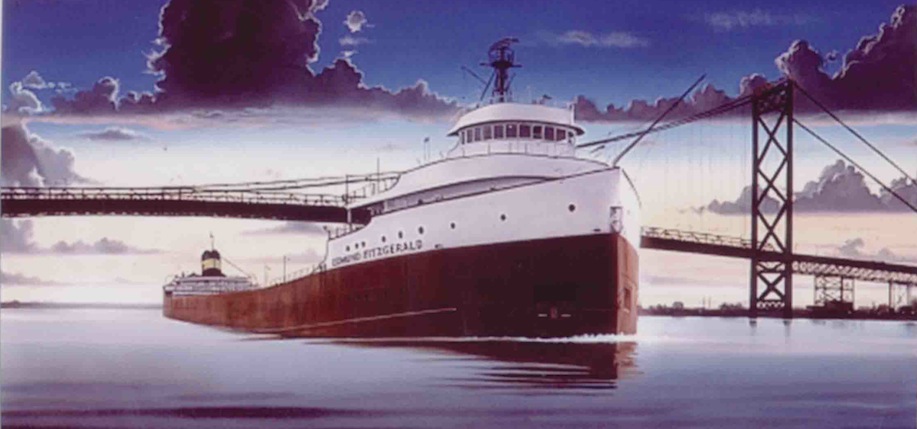
“Pistol shots ring out in the bar room night” is the opening line of a Bob Dylan 1975 song called Hurricane. This line sets the scene for an epic 99-line lyrics that lasts around 8.5 minutes of urgent delivery of a real-life drama that tells the story of a man called Rubin Carter accused of murdering three men in a bar in Paterson, New Jersey. The whole thing was a miscarriage of justice and it took almost 20 years for Rubin (Hurricane) Carter to be exonerated and released in 1985. The full story is well known and, in addition to Bob Dylan’s song, inevitably had many documentaries and a Denzel Washington movie to bring the story to the attention of millions of people throughout the world.
Music has always sought real life drama for inspiration. Think of Opera as an example; my favourite composer Giacomo Puccini had at least two major works partly based on facts. The first was La Bohème which to a large extent, described the main characters living in abject poverty, as experienced by Puccini as a young man. The second was Madam Butterfly which was based on a 19th Century semi-autobiographical novel called Madam Chrysanthemum. More recently, many musicals are based on true stories from Jesus Christ Superstar, to Evita, Chess, Les Misérables, Hamilton, all loosely or closely based on real life stories.
Pop, rock, and all modern music genres occasionally related to us, the listeners, a real-life story of a person, or persons. We are not always aware of the story or the subject of the song and when we are, we don’t always know the song is based on actual events.
You must have guessed by now that I am fascinated with stories behind the music. Once I get the sense of the story, I try to find out if it is based on real-life events and I am very disappointed when it is not. For example, ‘Cats and the Cradle’ by the late Harry Chapin is so heart breaking and when I first heard it, I almost burst into tears. I then researched it and found that the lyrics were written by Harry’s wife, Sandy but, he set it aside for a long time until they had a baby boy. He then remembered Sandy’s lyrics and set it to music. As a matter of fact, he died soon after that and therefore, the seemingly autobiographical depiction never materialised in his short lifetime. Full credit to his wife for so accurately capturing the sometimes difficult and complex relation between a father and his child.
Another disappointing discovery was the song ‘Ode to Billy Joe’. The drama told in that song is so powerful you had to believe it must have come out of real-life experience. However, Bobbie Gentry who sang it so beautifully never admitted to the song being anything other than pure fiction. Nonetheless, it is still a powerful and evocative song.
There are so many songs that are biographical or autobiographical. In the Seventies, Don McLean seem to have cornered the market with two global monster hits, ‘American Pie’ and ‘Vincent’. The first was an 8-minute story telling of the death of the singer/song writer Buddy Holly from the perspective of a teenager who loved Buddy’s music. Vincent, however, was narrated by Don McLean having this imaginary talk with the Dutch artist Vincent van Gogh who struggled to lead a normal life and eventually took his own life at the young age of 37.
Bob Marley described a historical fact that is not readily known to the average person. He co-wrote and sang ‘Buffalo Soldier’ telling part of the story of African American men enlisted in 1866 in separate regiments to take part in the American Civil War on the side of the Unionists. The name ‘buffalo soldier’ was the name given to them by Native Americans. Bob Marley’s song sets out the sentiment of the song in the first few lines:
Buffalo Soldier, dreadlock Rasta
There was a Buffalo Soldier
In the heart of America
Stolen from Africa, brought to America
Fighting on arrival, fighting for survival
Staying with the American Civil War, ‘Sailing to Philadelphia’ written and performed by Mark Knopfler (Dire Straits Group) and co-sang with James Taylor, told the story of two English scientists Jeremiah Dixon (surveyor) and Charles Mason (astronomer) who were commissioned to settle a state border dispute in the 1760s. It took them about 4 years and over 100-strong team to define what was later referred to as the Mason-Dixon Line that clarified the borders between Pennsylvania, Maryland, Delaware, and West Virginia. The line mapping was considered a breakthrough in science / technology in the 18th Century. However, of all the border lines in the USA, the Mason-Dixon Line was given a new and unexpected significance in the American Civil War when it came to define the Confederates slavery-supporting Southern States and the Unionists slavery abolition states north of the Line. Anyway, the song is beautifully composed and delivered by two fine artists.
A final example of story-telling songs is about people but as a collective crew of a tragic ship voyage. Gordon Lightfoot song ‘The Wreck of the Edmund Fitzgerald’. SS Edmund Fitzgerald was not a luxury cruise ship, nor was it a navy vessel. It was simply a cargo ship deployed in Lake Superior to transport mainly iron ore along and across Lake Superior. SS Edmund Fitzgerald was the largest of its type at the time it was launched in the 1950’s. On November 1975, SS Edmund Fitzgerald sailed from Wisconsin to Cleveland, carrying several thousand tons of iron ore. Soon it met a severe storm, listed and sank to the bottom of the lake with all 29 hands, including the captain, going down with her. Gordon Lightfoot read an article about the tragedy later that month in Newsweek magazine and was inspired to write the song with a haunting melody and powerful lyrics. The song was released in 1976. The opening lines draw you in to wanting to know what is going to happen next; essential for effective story telling:
The legend lives on from Chippewa on down
Of the big lake they call Gitche Gumee*
The lake, it is said, never gives up her dead
When the skies of November turn gloomy
*Gitche Gumee is another name for Lake Superior.
There are many, many other songs that have similar approach and I am certain you know a few. Of the ones I mentioned above, the two stand out songs are Bob Dylan’s Hurricane and Gordon Lightfoot’s The Wreck of the Edmund Fitzgerald. They really are so brilliantly written and have a powerful narrative that tells almost the entire story. American Pie comes very close to these two.
That’s it, I have no big message to deliver or an earth-shattering new principle to reveal. I just wanted to share my reason for loving certain types of music, hoping to engage you for a few minutes in a whimsical sojourn. Maybe you will have time to look some of these songs up and listen to them and, why don’t you let me know the musical stories that have inspired you?
Thank you, Claire for reminding me of the Mason-Dixon Line story.
Mufid Sukkar – June 2020



I loved this. Like you I love lyrics. Lots of songs popped into my head and then more and more and more…….. I have a bit of a penchant for protest songs, I will just name a few. Where have all the flowers gone…Universal soldier…There but for fortune to name a few. Joan Baez was an activist in the Human rights movement We shall overcome being anthemic. Too many to mention here. Don’t get me started on other genres with great lyrics and even sadness….Eric Clapton’s Tears in Heaven for example. Thank you for reminding me to re-visit these tracks. Much love xx
Loved this Dad!
Looking forward to a follow up article about songs with pointless lyrics: “Pigeons in flightttt”, “Hit me with your rhythm stick” etc
xxx
Haha speaking of pigeons…”STOOL PIGEON! hachachacha”